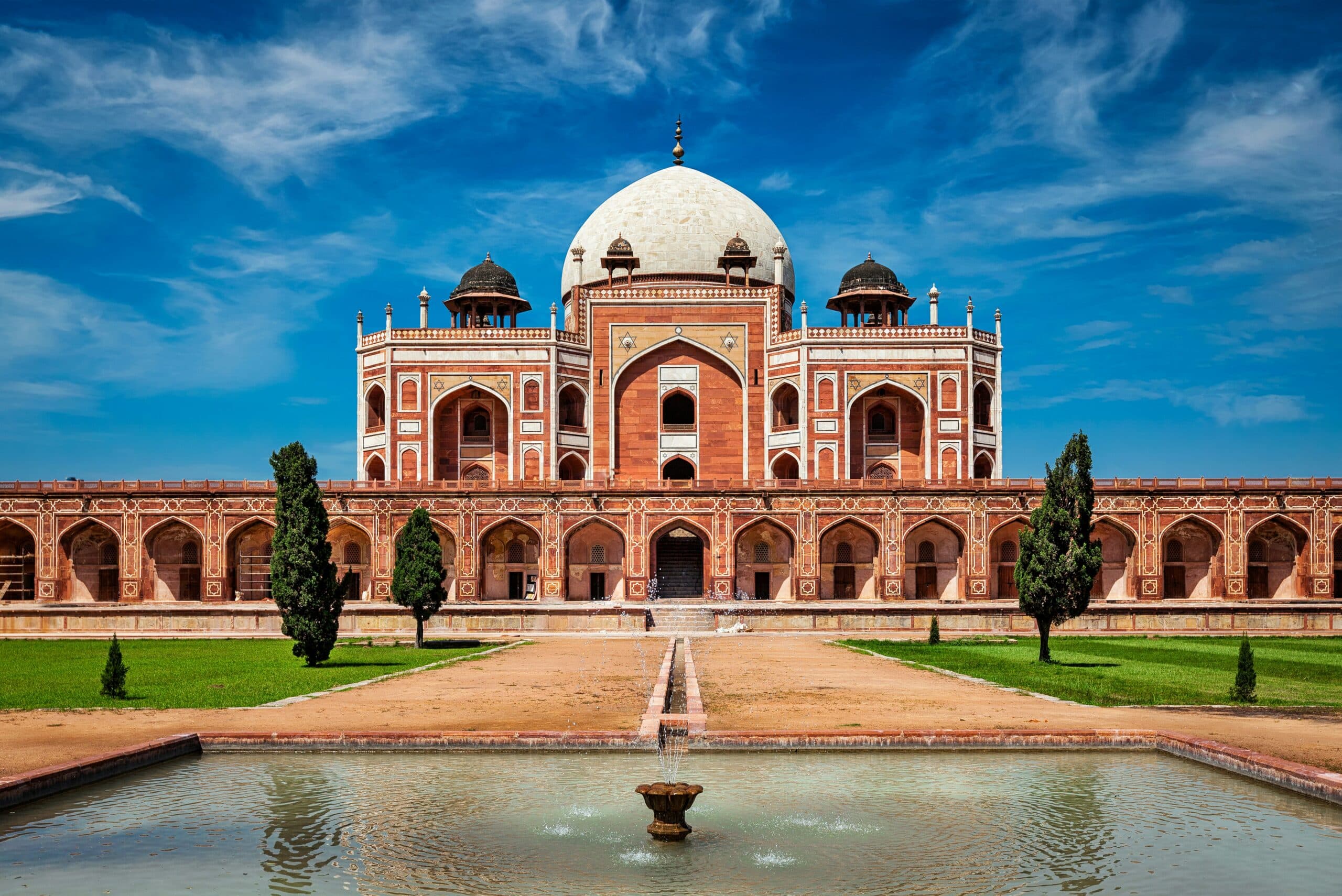The Core Elements of Islamic Architecture
- Geometric Patterns: Intricate tessellations and repeating motifs symbolize infinite growth and divine order.
- Calligraphy: Arabic script featuring sacred verses or poetic inscriptions is woven into the architecture.
- Domes and Minarets: These iconic shapes are both functional and aesthetic, enhancing light, acoustics, and the structure’s silhouette.
- Courtyards and Fountains: Central courtyards surrounded by open-air spaces often feature fountains, reflecting the importance of water and balance.
- Mashrabiya Screens: Carved wooden lattices allow air to circulate while maintaining privacy.
Historical Influence: The Alhambra’s Magnificent Legacy
The Alhambra, located in Granada, Spain, is one of the finest surviving examples of Islamic architecture. Built during the Nasrid Dynasty in the 13th and 14th centuries, this iconic palace blends art and engineering. Here’s what makes it legendary:
| Feature | Design Principles | Symbolism |
|---|---|---|
| Courtyards | Symmetry, open-air design | Balance and harmony |
| Water Features | Reflective pools, fountains | Purity and tranquility |
| Mosaics | Geometric patterns | Infinite complexity |
| Calligraphy | Quranic inscriptions | Spiritual devotion |
| Vaulted Ceilings | Muqarnas (stalactite) detailing | Heavenly realms |
Visitors from around the globe continue to marvel at how the Alhambra’s design connects the material world with spiritual ideals, making it an enduring source of inspiration for architects today.
Modern Applications of Islamic Design Principles
Islamic architecture isn’t just a relic of the past—it forms the backbone for many modern properties worldwide. Here are a few examples:
- Burj Khalifa (UAE): The world’s tallest building incorporates elements of Islamic geometry, blending tradition with innovation.
- The Louvre Abu Dhabi: Its dome, inspired by traditional muqarnas patterns, creates striking “rain of light” effects.
- I. M. Pei’s Museum of Islamic Art: This modernist architectural masterpiece in Qatar draws directly from Islamic palaces and mosques.
Pro Tip:
If you’re a designer or architect looking to integrate Islamic influences into your projects, explore traditional elements such as arabesque patterns or mashrabiya screens—that way, you weave the timeless elegance of this style into contemporary settings while staying functional.
5 Actionable Tips to Explore or Apply Islamic Architecture
- Study Historical Sites: Visit iconic landmarks like the Alhambra or the Blue Mosque to see Islamic architecture in its original glory.
- Experiment with Patterns: Integrate geometric designs into your own home or projects with tiles, wallpapers, or textiles.
- Focus on Sustainability: Islamic architecture embraces passive cooling techniques and eco-friendly materials—perfect for both traditional and modern needs.
- Join Workshops: Take design or art workshops focusing on Islamic ornamental design.
- Learn from Experts: Watch documentaries or read about architects like Zaha Hadid, who creatively infused Islamic influences into modern design.
Why Islamic Architecture Stands the Test of Time
Islamic architecture has bridged the past and present across cultures and continents. Whether in the refined arches of medieval Andalusia or the futuristic skylines of Dubai, this architectural style continues to showcase incredible adaptability and timeless beauty. Its emphasis on unity, sustainability, and harmony inspires architects and enthusiasts alike to marvel at what design can truly achieve.
Looking for more ways to bring the elegance of Islamic design into your hand-drawn sketches or architectural projects? Sign up for our in-depth design webinars here to learn actionable techniques from the pros!




Leave a Reply